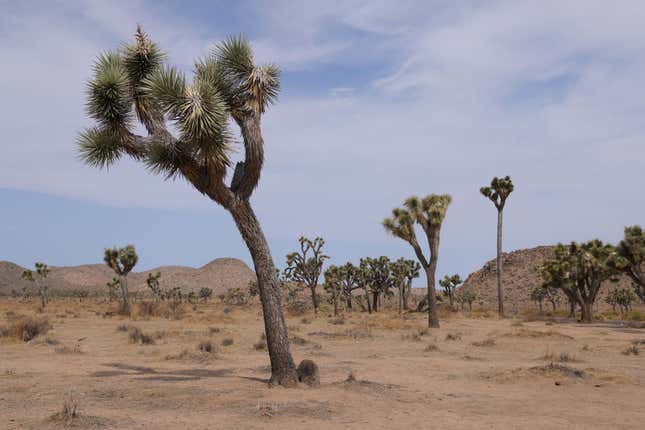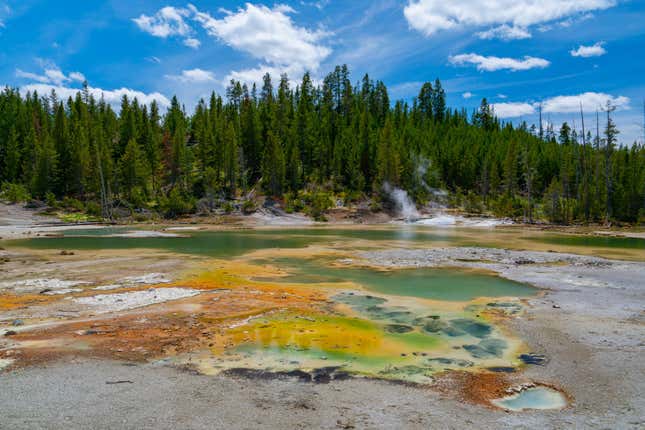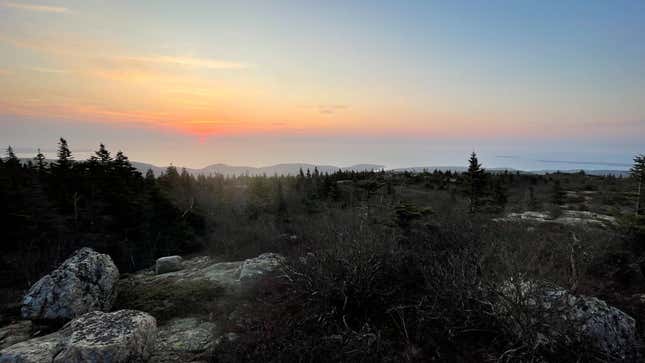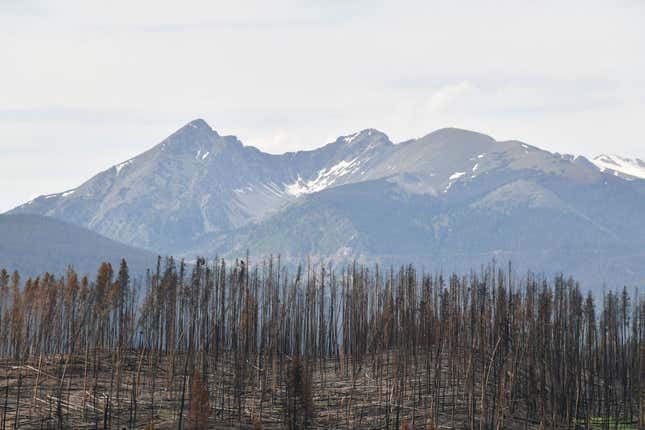
More than 84 million acres make up the 423 national parks in the United States. But these forests, grasslands, mountain ranges, hiking trails, and more are at risk because the climate crisis won’t allow us to have nice things.
The National Park Service, created in 1916 to help preserve the best of our landscapes, last year released a new guide for park managers, which warned that a changing climate meant that the service would now have to pick and choose what to save and to plan for worst-case climate scenarios.
“The scope, pace, and magnitude of climate-related changes will continue to present new challenges for the National Park Service, with an accompanying reality that it will not be possible to safeguard all park resources, processes, assets, and values in their current form or context over the long term,” the guide explains.
With that in mind, here’s a list of what we stand to lose if we don’t mitigate our changing climate.




